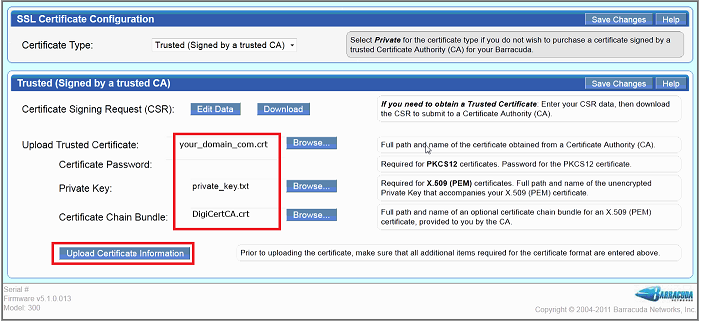
Generating and Importing a Certificate from Microsoft Certificate Server
HOW DO I CHECK MY FIREWALL SETTINGS FOR SSL HOW TO
For information on generating a Self-Signed Certificate, please review the following Knowledge article: How to Generate a New Self-Signed SSL Certificate. Using a Self-Signed Certificate is recommended. Load or generate a certificate for either inbound inspection or outbound (forward proxy) inspection. NOTE: Because SSL certificate providers such as Entrust, Verisign, Digicert, and GoDaddy do not sell CAs, they are not supported in SSL Decryption.įrom the firewall web interface, go to Device > Certificates. Select Forward Trust Certificate and then Forward Untrust Certificate on one or more certificates to enable the firewall to decrypt traffic. Create a self-signed CA on the firewall or import a Subordinate CA (from your own PKI infrastructure). Load or Generate a CA Certificate on the Palo Alto Networks FirewallĪ Certificate Authority (CA) is required to decrypt traffic properly by generating SSL certificates on the fly. Make sure the Palo Alto Networks firewall is already configured with working interfaces (i.e., Virtual Wire, Layer 2, or Layer 3), Zones, Security Policy, and already passing traffic.Ģ. Configure the Firewall to Handle Traffic and Place it in the Network

Outbound SSL Decryption (SSL Forward Proxy) The firewall can then detect malicious content and control applications running over this secure channel. No changes are made to the packet data, and the secure channel is from the client system to the internal server. When the SSL server certificate is loaded on the firewall and an SSL decryption policy is configured for the inbound traffic, the device then decrypts and reads the traffic as it is forwarded. In the case of inbound traffic to an internal web server or device, the administrator imports a copy of the protected server’s certificate and private key. Decrypted traffic can also be sent off the device by using a Decryption Port mirror (see Configure Decryption Port Mirroring). Once traffic is decrypted, tunneled applications can be detected and controlled, and the decrypted data can be inspected for threats, URL filtering, file blocking, or data filtering. In particular, decryption can be based upon URL categories, source users, and source/destination IP addresses. SSL decryption can occur on interfaces in virtual wire, Layer 2, or Layer 3 mode by using the SSL rule base to configure which traffic to decrypt. PAN-OS can decrypt and inspect inbound and outbound SSL connections going through a Palo Alto Networks firewall.


 0 kommentar(er)
0 kommentar(er)
